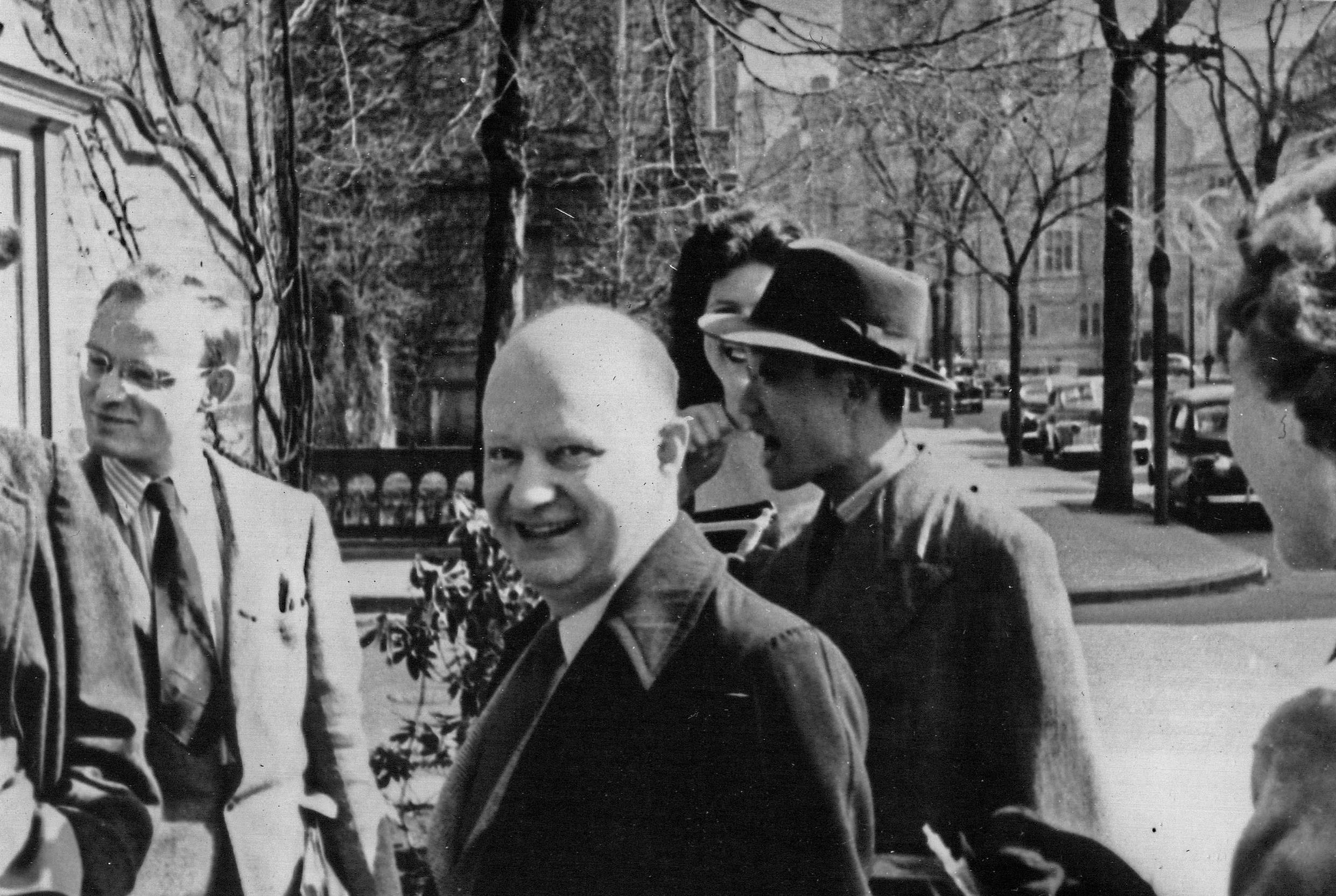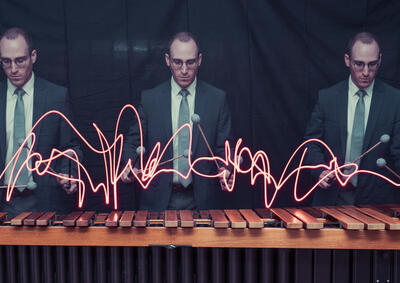Review: Yale in New York Concert Champions the Legacy of Paul Hindemith
Despite this concert having been anticipated in The Wall Street Journal and The Jewish Week, it was not particularly well attended, with the lion’s share of seats empty. Indeed, Paul Hindemith remains unknown even among some who consider themselves classical music fans. A reappraisal of his work and influence is thus always welcome, and this well-curated program shed new light on the composer, his pedagogy, his protégés, and even his personality. Yale School of Music brought faculty, students, and alumni to Zankel Hall at Carnegie Hall on November 22, 2013, to forge a direct musical link to this master of theory, melody, form, and fugue.
In Kleine Kammermusik, Op. 24, No. 2, the composer captured the frenetic pace of industrial growth that characterized the inter-war years. No one would call this musical language atonal, but it contains humor alongside a tongue-in-cheek dark, dissociative pensiveness and sense of disturbance not usually found in the romantic tradition. At the same time, there is something very primal and peasant-like in the bouncy tough rhythms.
In the opening movement, “Lustig,” phrases of urgent square rhythms are separated by recit.-like laments of the oboe (Timothy Gocklin) and flute (Jacob Mende-Fridkis). Hindemith does much with just 5 instruments, able to combine three distinct musical ideas, like larger orchestral layers stripped down to the bare essentials. The “Walzer” movement is clearly not for dancing feet! Rather, this is a waltz of dancing light and quantum energy. In “Ruhig” the horn player (Philip Browne) was able to produce very high timbres more characteristic of trumpet. The flexible timing of the players did not at all compromise their neat ensemble sound. In the final “Sehr Lebhaft” the players delight in making all sorts of strange harmonic intervals take flight.
Trills, anyone? Alvin Etler’s Suite for flute, oboe, and clarinet turns the venerable ornamentation into a musical motive in its own right. The melodies of each instrument often inhabit the same small range, brushing up against one another, sometimes sensually, but often discourteously. They say that a dog and its owner gradually, over time, begin to resemble one another, and that strange effect is discernable in thePavane, as the players approach each other’s timbre so that we are hearing a conversation between siblings. The piece’s Finale employs great dynamic range, and then a trick ending.
…
The concert ended with Hindemith’s Kammermusik No. 1, Op. 24, audaciously scored for string quintet, flute, clarinet, bassoon, trumpet, percussion, piano and harmonium (for which a synth was employed. I would’ve preferred to hear the optional accordion; during the sound-check, the amplifier screamed and terrified the audience). During the “Quartett: Sehr Langsam und mit Ausdruck,” conductor Bill Purvis simply dropped his head and his hands and allowed the clarinet (Eric Anderson) and flute (Isabel Lepanto Gleicher) to conduct their slow, somber dialogue, punctuated by the sounding of a celestial F# on a tone chime. The final movement begins with a primordial rumble swelling and eventually attacked by machine gun shots from the snare drum. Virtuosic piano runs by Henry Kramer, trumpet lines full of pomp by Jean Laurenz, and a final ambulance wail helped the ensemble lay down the composer’s road map for a 20th century of messy but exciting democracy.
What, then, was the influence of Hindemith on his Yale students? Clearly, they seem to have resisted the pull of minimalism and post-minimalism. Their music does not seek to induce a trance-like state, but rather places gripping demands on the musical intellect of the listener.






